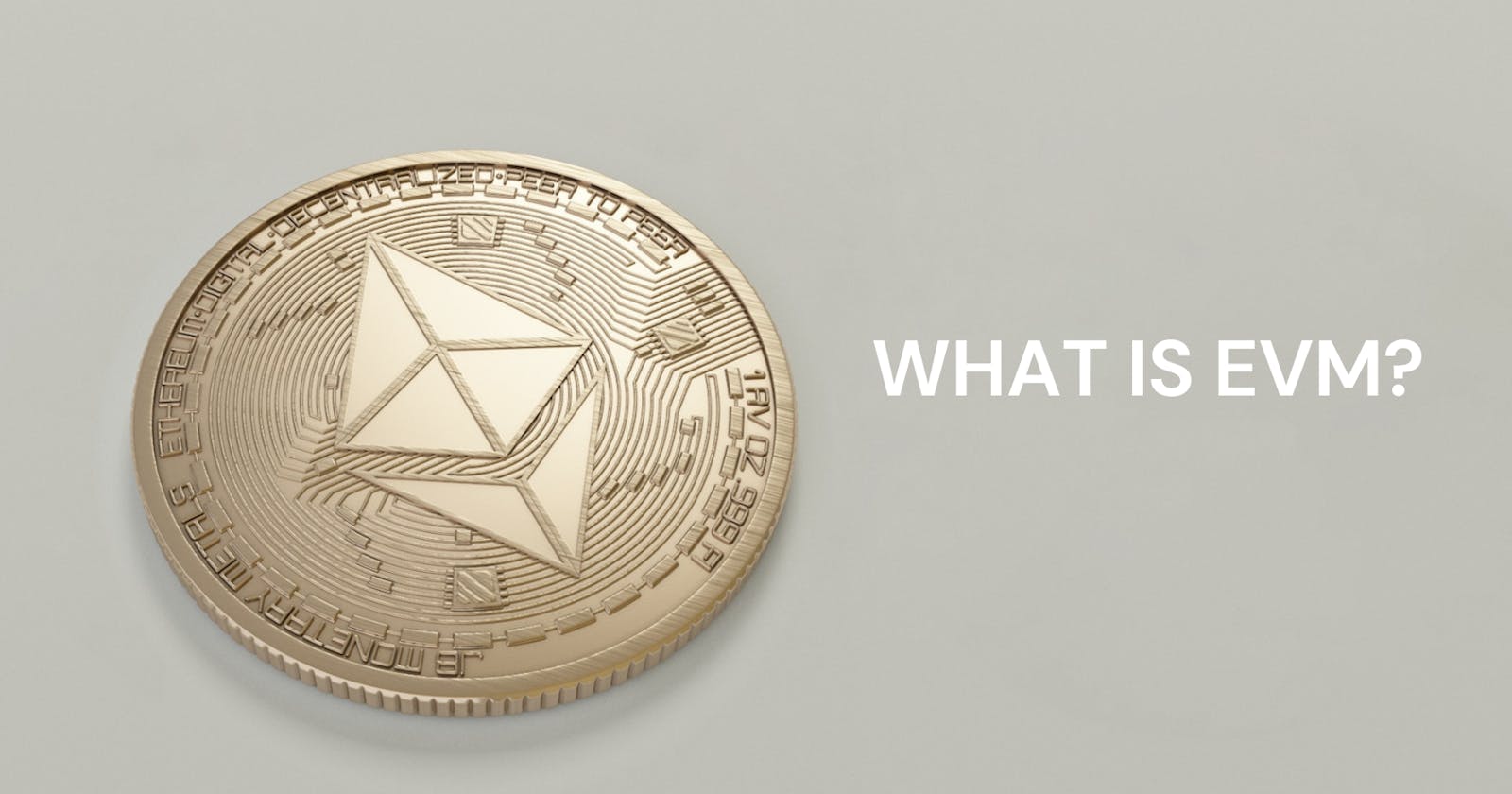Table of contents
What is an EVM?
EVM or "Ethereum Virtual Machine" is a decentralized virtual machine that is run on the Ethereum blockchain. It is a runtime environment for smart contracts, which are self-executing contracts with the terms of the agreement between the parties being directly written into lines of code.
The importance of the EVM lies in its ability to enable the execution of smart contracts on the Ethereum blockchain. This allows for the creation of decentralized applications (dApps) that run on the Ethereum network, which can be used for a wide range of applications from financial transactions to supply chain management.
One of the main uses of the EVM is to facilitate the execution of smart contracts on the Ethereum network. This allows for the creation of dApps that can be used for a wide range of purposes, including financial transactions, supply chain management, and more.
Advantages of EVM
One of the key advantages of the EVM is that it is decentralized, meaning that it is not controlled by any single entity. In addition, the EVM is Turing-complete, which means that it can run any computable program.
An overview of some of its advantages include:
· Decentralization: The EVM is decentralized, meaning that it is not controlled by any single entity. This allows for greater transparency and security, as the network is not vulnerable to a single point of failure.
· Turing-complete: The EVM is Turing-complete, which means that it can run any computable program. This allows it to be used for a wide range of applications, from financial transactions to supply chain management.
· Secure: The EVM is designed to be secure, with various safeguards in place to prevent fraud and ensure the integrity of the network.
· Flexibility: The EVM allows for the creation of a wide range of decentralized applications (dApps), which can be used for a variety of purposes.
· Immutability: The EVM is immutable, which means that once a transaction is added to the blockchain, it cannot be changed or reversed. This ensures the integrity of the network and helps to prevent fraud.
Disadvantages of EVM
However, there are also some disadvantages to EVM. One of the main drawbacks is that it is resource-intensive, which can make it expensive to use. In addition, the EVM is not currently capable of handling large amounts of data, which can limit its usefulness for certain applications.
An overview of some of its disadvantages includes:
· Resource-intensive: The EVM is resource-intensive, which can make it expensive to use.
· Limited data handling capabilities: The EVM is not currently capable of handling large amounts of data, which can limit its usefulness for certain applications.
· Complexity: The EVM can be complex to use, which can make it difficult for non-technical users to understand and use.
· Limited scalability: The EVM is not currently able to handle a large number of transactions per second, which can limit its usefulness for certain applications.
· Lack of standardization: There is currently no standardization for the EVM, which can make it difficult for developers to create dApps that are compatible with the network.
Conclusion
By design, the EVM is a runtime environment that is specific to the Ethereum blockchain. As a result, it is only compatible with other Ethereum-based blockchains. There are currently several Ethereum-based blockchains that are compatible with the EVM, including Ethereum Classic, POA Network, and xDAI. However, non-Ethereum-based blockchains, such as Bitcoin and Litecoin, are not compatible with the EVM.
Overall, the EVM is an important part of the Ethereum network, as it enables the execution of smart contracts and the creation of dApps. While it has some disadvantages, its ability to facilitate decentralized and secure transactions makes it a valuable tool for a wide range of applications.
